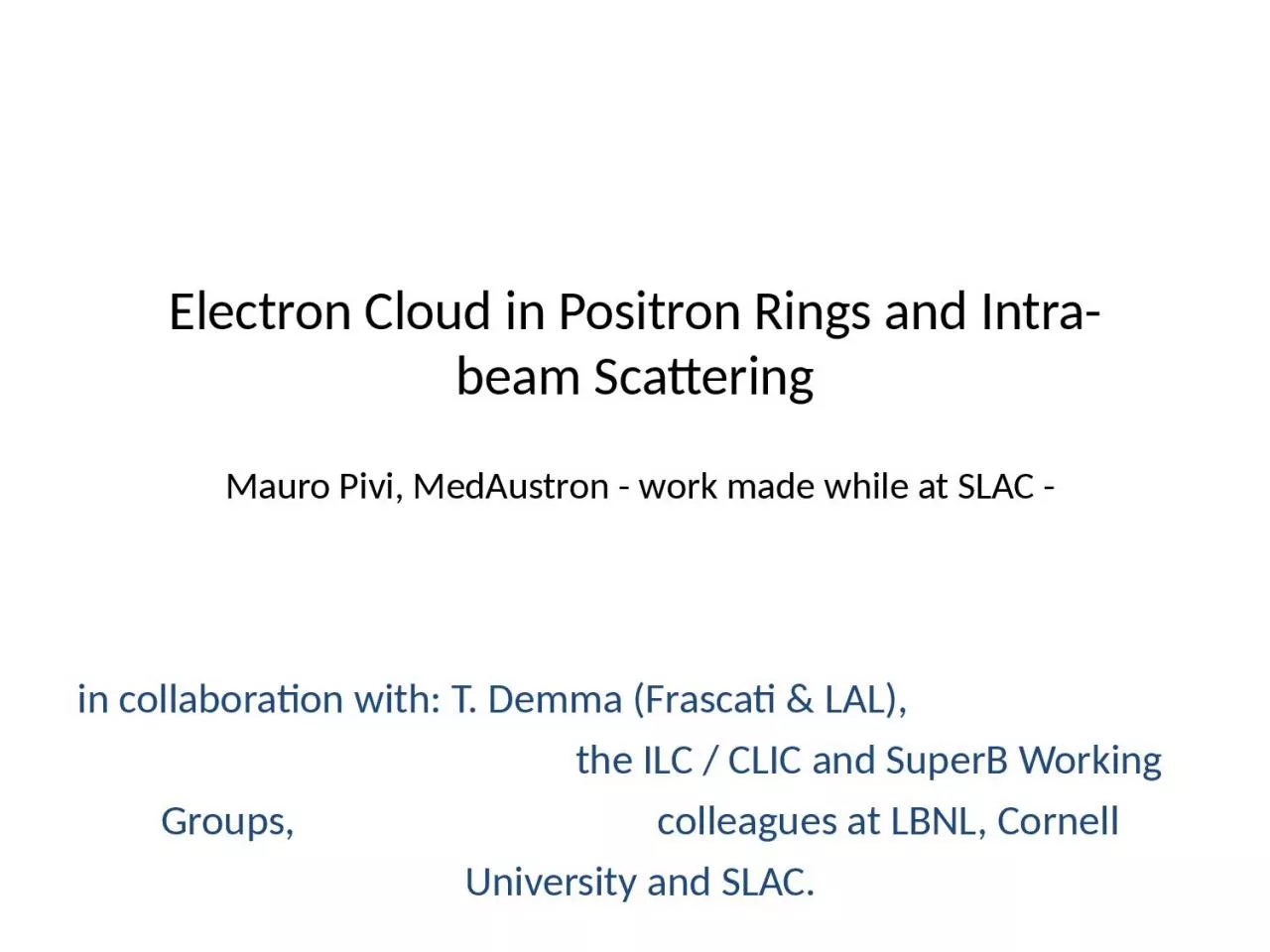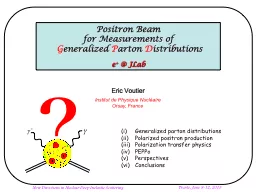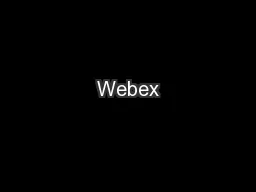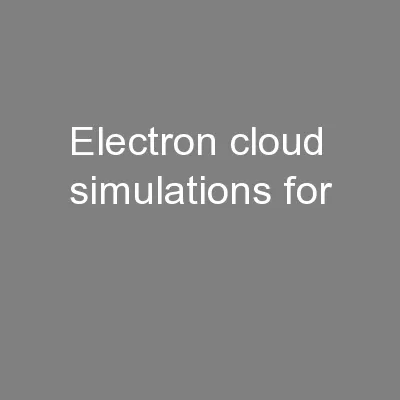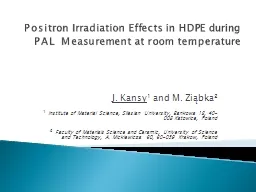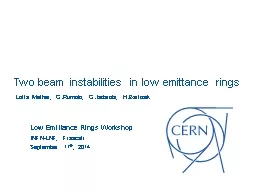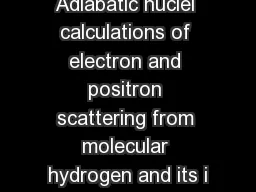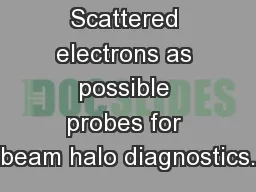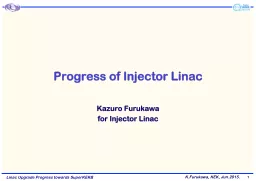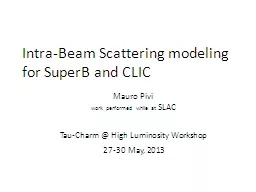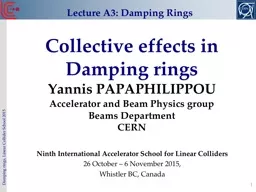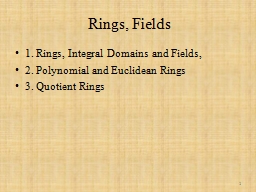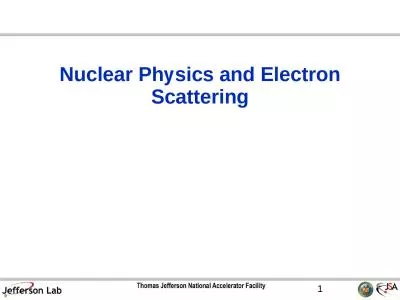PPT-Electron Cloud in Positron Rings and Intra-beam Scattering
Author : warlikebikers | Published Date : 2020-09-22
Intrabeam Scattering Mauro Pivi MedAustron work made while at SLAC i n collaboration with T Demma Frascati amp LAL the ILC CLIC and
Presentation Embed Code
Download Presentation
Download Presentation The PPT/PDF document "Electron Cloud in Positron Rings and Int..." is the property of its rightful owner. Permission is granted to download and print the materials on this website for personal, non-commercial use only, and to display it on your personal computer provided you do not modify the materials and that you retain all copyright notices contained in the materials. By downloading content from our website, you accept the terms of this agreement.
Electron Cloud in Positron Rings and Intra-beam Scattering: Transcript
Download Rules Of Document
"Electron Cloud in Positron Rings and Intra-beam Scattering"The content belongs to its owner. You may download and print it for personal use, without modification, and keep all copyright notices. By downloading, you agree to these terms.
Related Documents

